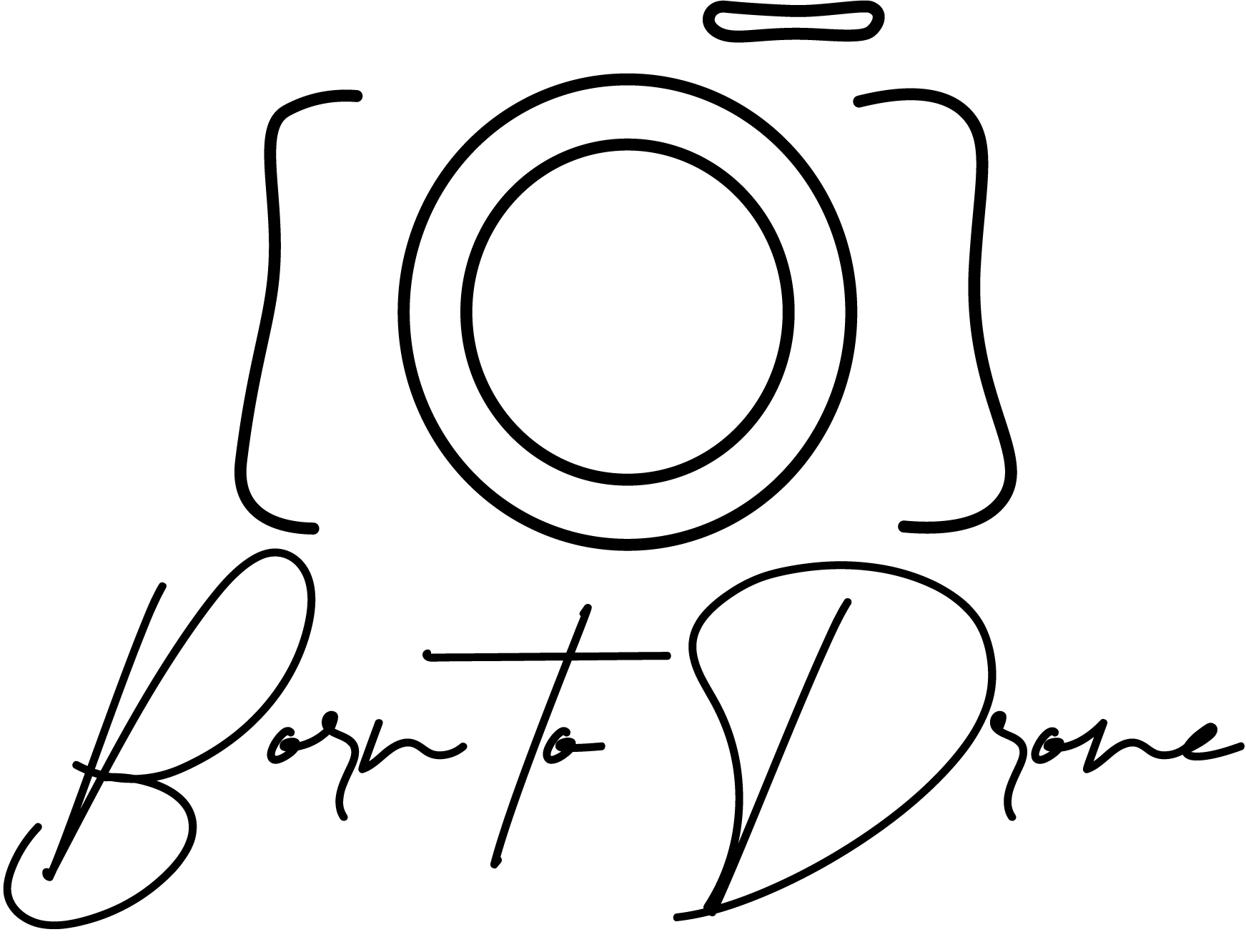
Current global conflicts have highlighted the decisive impact small uncrewed aerial systems (sUAS) and unmanned systems (UxS) have on the battlefield. Access to low-cost, secure components from the domestic and allied industrial base and to develop systems with open standards is paramount to enabling rapid updates and seamless hardware and software integrations to provide needed capabilities for the Department of Defense (DoD).
The DoD cannot expect to have unhindered freedom of maneuver in the electromagnetic spectrum. We must expect an environment with challenges due to jamming, interference, or other factors, and be able to successfully operate sUAS and other UxS within it.
The DoD is seeking commercial solutions that allow Group 1 and 2 sUAS (as well as other UxS) to communicate in electromagnetic spectrum contested environments, including, but not limited to, jamming, interference, and spoofing.
Submission Requirements of Solution Briefs:
Solutions must be built using openly accessible and available hardware and software interfaces that allow for easy integration of third-party assets. Solutions should not use proprietary message passing interfaces or hardware interfaces that require vendor-specific licensing.
Solution Briefs will be considered relevant if they address the following characteristics:
- Latency (milliseconds)
- Bandwidth (frequency bands capable of operating in) and low (such as waypoint and health status updates) / moderate (such as RF spectrum data) / high bandwidth (such as full motion video) capabilities
- Weight (defined in grams)
- Size (length, width, height)
- Low probability of intercept / low probability of detect for emissions
- Ability to upgrade (timeframe required for updates)
- Flight time impact of power and weight (maximum flight time reduction of 15%)
- Radio Frequency power level and antenna design (placement, size, quantity)
- Number of IP based network participants
- Effective range of communication
Desired Solution Attributes:
These solutions can be hardware-based, software-based, or a mixture of both.
Prototypes should exhibit the ability to operate in an Electromagnetic contested environment with multiple pathways such as point to point and/or mesh networking encouraged, be able to test within 6 to 9 months, and utilize federally approved information protection standards.
All solutions must be in compliance with both the Fiscal Year 2020 NDAA Section 848 and the Fiscal Year 2023 NDAA Section 817 language and be able to meet a cyber-security evaluation conducted in accordance with DoD Instruction 8510.01 Risk Management Framework for DoD Systems.
Follow-on Production:
Companies are advised that any prototype OT agreement awarded in response to this AOI may result in the award of a follow-on production contract or transaction without the use of further competitive procedures. The follow-on production contract or transaction will be available for use by one or more organizations in the Department of Defense and, as a result, the magnitude of the follow-on production contract or agreement could be significantly larger than that of the prototype OT. As such, any prototype OT will include the following statement relative to the potential for follow-on production: “In accordance with 10 U.S.C. 4022(f), and upon a determination that the prototype project for this transaction has been successfully completed, this competitively awarded prototype OT may result in the award of a follow-on production contract or transaction without the use of competitive procedures.”
Eligibility Requirements
This Area of Interest (AOI) solicitation will be awarded in accordance with the Commercial Solutions Opening (CSO) process detailed within HQ0845-20-S-C001 (DIU CSO), posted to FBO in March 2020. Additionally this document can be found within the DIU Library at www.diu.mil/library.
Vendors are reminded that in order to utilize an Other Transaction (OT) agreement the requirements of 10 USC 4022 must be satisfied. Specifically reference 10 USC 4022(d), which requires significant contribution from a nontraditional defense contractor, all participants to be small business concerns, or at least one third of the total cost of the prototype project is to be paid out of funds provided by sources other than the Federal Government.
Awarding Process
DIU
Before You Submit
What we recommend you include when you submit a solution brief.
When you submit to a DIU solicitation, we’ll ask you to include a solution brief. Here’s some guidance about what that entails.
Potential Follow-On Production Contract for Prototype Other Transaction Agreements
Companies are advised that any Prototype Other Transaction (OT) agreement awarded in response to this solicitation may result in the direct award of a follow-on production contract or agreement without the use of further competitive procedures. Follow-on production activities will result from successful prototype completion.
The follow-on production contract or agreement will be available for use by one or more organizations within the Department of Defense. As a result, the magnitude of the follow-on production contract or agreement could be significantly larger than that of the Prototype OT agreement. All Prototype OT agreements will include the following statement relative to the potential for follow-on production: “In accordance with 10 U.S.C. § 4022(f), and upon a determination that the prototype project for this transaction has successfully been completed, this competitively awarded Prototype OT agreement may result in the award of a follow-on production contract or transaction without the use of competitive procedures.”
Common issues with submissions
If you are having problems uploading your AOI submission to DIU, it may be one of these common issues with submitting, click here for solutions to common submission issues.
